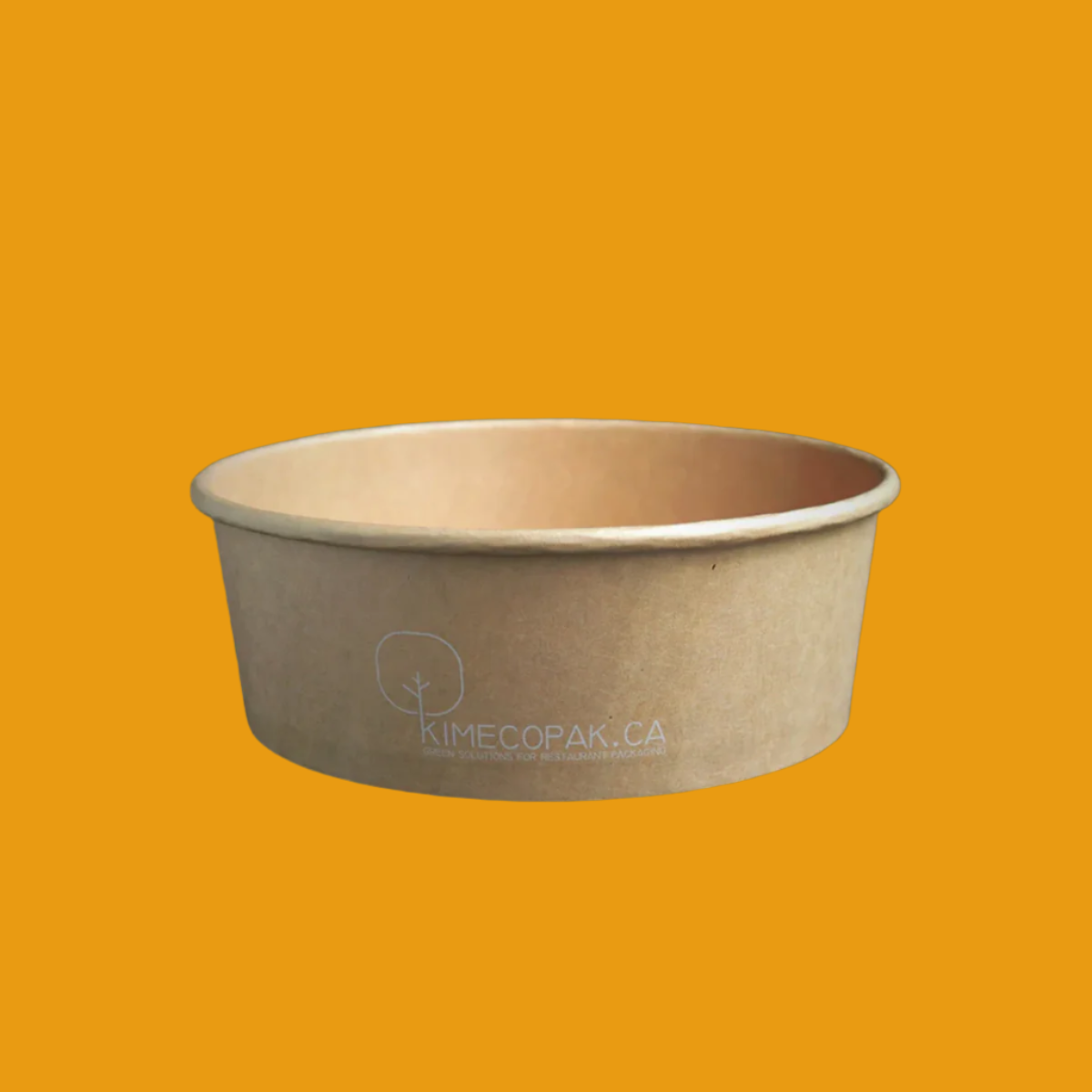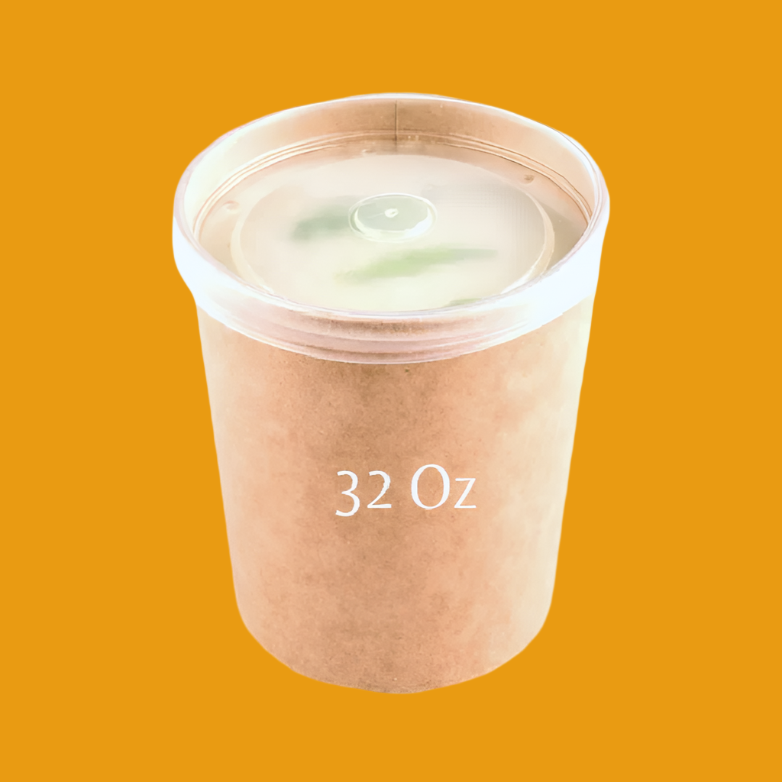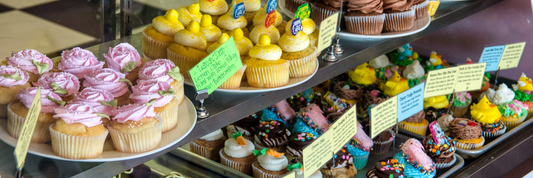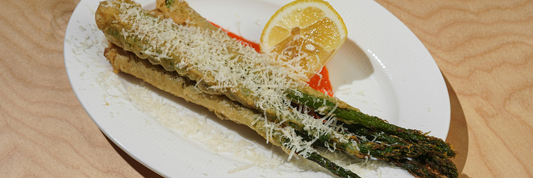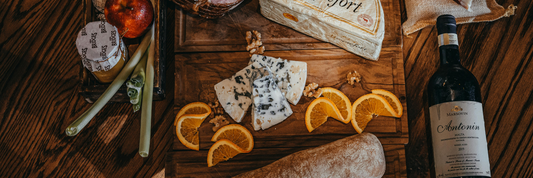- How to Build a Pizzeria Website: A Complete Step-by-Step Guide
- A Guide to 12 Different Types of Restaurants
- 12 Brand Designs Ideas for Food Business
Why Great Food Website Design Matters

Food evokes strong emotions, and a well-crafted website needs to reflect that with visuals and user experience that are as appealing as the dishes themselves. In today's digital landscape, a beautiful and functional website serves as the first point of contact between food businesses and potential customers.
A well-designed website creates brand trust by showcasing professionalism and dedication to quality, which can ultimately lead to increased conversions. This is especially crucial for restaurants, food brands, and blogs, which rely heavily on visual appeal to capture the hearts (and stomachs) of their audiences.
Must-Have Elements of a Successful Food Business Website

Visual-first design
Food websites should prioritize high-quality photography and visual storytelling. Full-screen images of mouthwatering dishes can engage visitors instantly, making them want to explore further. The layout should facilitate smooth transitions between sections, guiding users through a visual journey that tells the story of the brand's philosophy and what makes its food unique.
Clear navigation & responsive layout
An easy-to-navigate site is key for keeping visitors engaged. A responsive layout ensures that users accessing the site on mobile devices have a seamless experience. Quick access to menus, blogs, or product pages should be a core feature, allowing users to find what they are looking for without hassle. Intuitive navigation reflects the professionalism of a food business website and enhances user satisfaction.
Ecommerce or booking integration
For food businesses, integrating an eCommerce element or booking system is crucial. This could mean a straightforward add-to-cart flow for online purchases or an efficient table reservation system for restaurants. Additionally, integrating point-of-sale (POS) systems for local pickup or delivery can streamline operations and improve customer convenience. The effectiveness of these features can directly influence a user’s decision to engage with the brand.
Best Food Website Examples by Category

Restaurant Websites Examples That Set the Standard
- Maer: This premium seaweed brand presents a dining experience that feels exclusive and luxurious, utilizing high-quality visuals that enhance its fine dining appeal.
- BAKE INC.: A clean and aesthetically pleasing Japanese dessert site, BAKE INC. captures the simplicity and elegance of its offerings, drawing users in with its minimalist design.
- Milk Bar: Known for its bold colors and playful user experience, Milk Bar's site showcases a strong personality that resonates well with its playful desserts and offerings.
Product & Brand-Focused Food Website Designs
- Dang Foods: With a focus on snacks, this brand embraces a fun, eCommerce-first layout. The site’s design complements its product offerings, effectively drawing visitors into its brand story.
- Supernatural Kitchen: This vibrant plant-based design reflects the ethos of healthy eating, creating a lively and engaging experience for users looking to explore nutritious food options.
- Oatly: Using quirky fonts and creative storytelling, Oatly stands out in the dairy alternative market by connecting with customers through humor and a compelling brand narrative.
Food Blog & Recipe Website Inspiration
- Minimalist Baker: This website features a fast-loading, grid-based recipe archive. Its clean aesthetic allows users to find recipes quickly while showcasing vibrant food photography that inspires cooking.
- Love & Lemons: A stylish, lifestyle-oriented food blog, Love & Lemons captivates readers with its beautiful design and expertly curated content that appeals to food enthusiasts.
- Pinch of Yum: Optimized for ad revenue and content discovery, Pinch of Yum combines delicious recipes with user-friendly navigation, making it a go-to resource for home cooks.
2025 Food Website Design Trends to Watch

As we step into 2025, the landscape of food website design continues to evolve, reflecting contemporary aesthetics and user preferences. Here are some notable trends to keep eye on:
Pastel Palettes, Bold Typography, Full-Bleed Photography
- Pastel Palettes: Soft colors not only create a welcoming atmosphere but also enhance readability. Websites that employ pastel colors often win users' trust and convey a sense of calm. Think about how soft mint greens or event blush pinks can enhance a bakery's online presence.
- Bold Typography: Large, striking fonts can make a significant statement. These fonts not only grab attention but also aid in establishing a brand identity. They work well in headings, making navigation intuitive and engaging.
- Full-Bleed Photography: Large images that span the entire width of the screen can evoke an emotional response. This technique can effectively showcase mouth-watering dishes and create a strong visual impact, making visitors more likely to explore further.
Scroll-Triggered Animations and Micro-Interactions
- Scroll-Triggered Animations: These animations activate as users scroll down the page, providing a dynamic experience. They help in engaging visitors and guiding them through the content. For instance, a recipe website might have ingredients fade in as the user scrolls to that section.
- Micro-Interactions: Small feedback mechanisms, such as a button changing color when hovered over, add a layer of interactivity. They may seem minor but significantly enhance usability and enjoyment for the user.
Social Integration and Story-Driven Visuals
Incorporating social media feeds or sharing buttons enables visitors to connect with brands in real-time, creating a communal atmosphere around food experiences.
- Story-Driven Visuals: Rather than merely presenting dishes, websites that incorporate storytelling through images effectively draw users in. Sharing the background of a recipe, its origins, or the chef's inspiration through visuals creates a narrative that captivates and retains interest.
Tools to Build Your Next Food Website

Choosing the right platform is paramount for your website's success. Here are some tools that can help you create an impressive food website:
WordPress with Elementor or WPBakery
WordPress is one of the most popular platforms, offering flexibility and a plethora of plugins. Pairing it with Elementor or WPBakery enables users to build customized layouts without needing extensive coding knowledge, perfect for showcasing recipes or food blogs.
Shopify for Food Ecommerce Brands
For those venturing into food ecommerce, Shopify provides a robust solution. It allows seamless integration of payment systems, inventory management, and promotional tools, making it ideal for businesses selling food products online.
Webflow for Pixel-Perfect Design
If design precision is crucial for you, consider Webflow. It offers advanced customization without the complexity of coding, making it suitable for brands that wish for a unique aesthetic while retaining functionality.
Squarespace for Small Restaurants or Blogs
Squarespace is user-friendly and particularly appealing to small restaurants or personal food blogs. Its templates are visually striking, enabling users to craft beautiful websites quickly.
Tips for Crafting a High-Impact Food Website

Creating a food website that stands out requires attention to detail. Here are some essential tips to keep in mind:
Invest in Quality Food Photography
High-quality images can make or break a food website. They convey freshness, appeal, and professionalism. Consider hiring a professional photographer or learning basic techniques yourself to ensure your dishes look their best.
Keep UX Clean, Fast, and Mobile-Friendly
Simplicity in design goes a long way. Ensure your website is easy to navigate, loads quickly, and is optimized for mobile devices, most users now browse from their phones. Offering a seamless experience helps retain visitors and encourages them to explore your content.
Optimize Image SEO and Load Times
To improve visibility, always optimize your images with relevant alt tags and descriptions. Additionally, use formats that balance quality and file size, ensuring your site loads quickly while still showcasing stunning visuals.
Add Features: Testimonials, Newsletter, Discount Popup
Building trust is essential. Adding user testimonials can enhance credibility, while a newsletter sign-up allows you to maintain contact with your audience. Consider adding a discount popup to encourage conversions, especially for ecommerce sites.
Conclusion
Each of these elements, from embracing the latest design trends to selecting the right building tools and maintaining a focus on user experience, plays a crucial role in crafting a high-impact food website. Use proven designs as inspiration for your next project and let your creativity flow, your delicious dishes deserve to be showcased beautifully!





